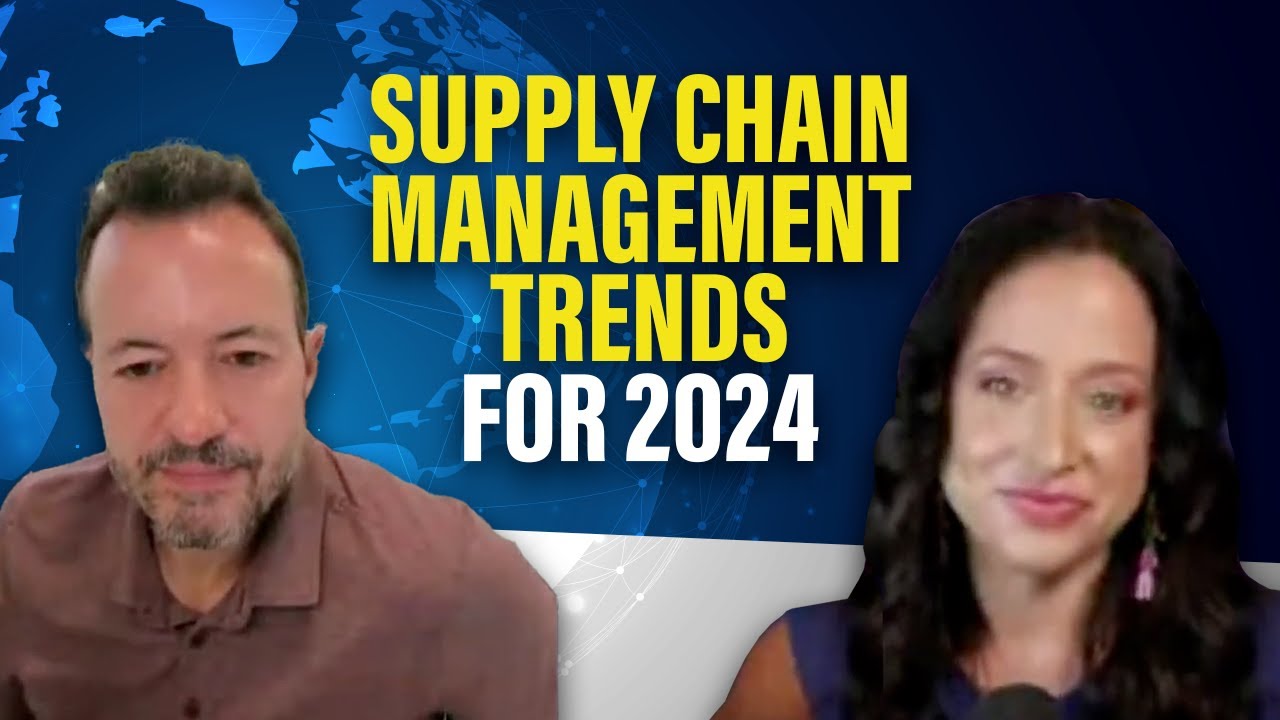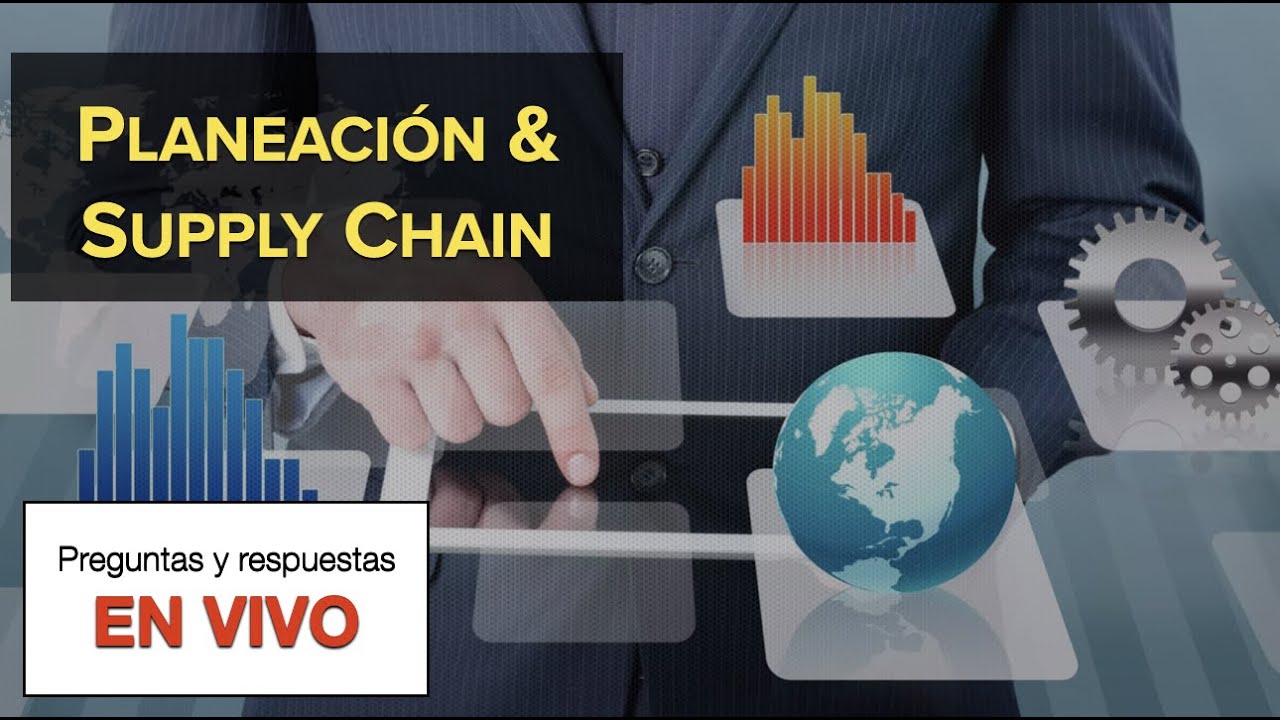Supply Chain and S&OP Challenges in 2024
Summary
TLDR在2024年供应链和SNOP(销售与运营计划)挑战的讨论中,David Howton主持了一场关于未来一年供应链管理的热点话题和挑战的深入对话。讨论涉及了AI技术在供应链管理中的潜力,以及如何成功地将AI技术整合到供应链操作中。小公司面临的挑战,如成本、知识和投资回报率的假设,以及如何通过数据质量和分析、地理位置智能、风险缓解策略和经济挑战(如通货膨胀)来适应和维持成本效益。此外,还探讨了如何向利益相关者证明投资的正确性,以及如何制定2024年的供应链投资路线图。
Takeaways
- 📈 **AI技术的重要性**:AI技术在供应链管理中的潜力被广泛认可,预计到2025年将创造五万亿美元的经济价值。
- 🚀 **AI在供应链中的应用**:AI可以用于需求预测、物流优化、供应商风险管理和仓库自动化,以提高效率和准确性。
- 🔍 **数据质量的关注**:AI的效果取决于输入数据的质量,因此确保数据的准确性和有效性是关键。
- 🤖 **机器人流程自动化**:在仓库中使用机器人流程自动化可以减少人为错误,提高存储和拣选的准确性。
- 🌐 **数据整合的挑战**:组织面临的挑战包括从多个系统中提取可操作的数据,以及解决数据孤岛、数据解读错误和数据重复等问题。
- 📊 **数据分析的重要性**:数据分析不仅仅是关于数字,更重要的是从数字中推断出意义,以支持决策。
- 📚 **人员培训和文化**:投资于人员培训,建立数据驱动的决策文化,对于成功采用新技术至关重要。
- 💡 **技术与人文的结合**:技术和人的结合是成功实施AI和大数据的关键,需要人的智慧来训练系统并解释数据。
- 🌟 **投资的优先级**:在考虑供应链投资时,应采用基于投资组合的方法,优先考虑那些能带来最高回报或对业务至关重要的项目。
- 🔧 **经济挑战下的适应**:面对通货膨胀等经济挑战,公司可以通过多种策略来适应,如成本管理、货币风险对冲和库存管理。
- ⏱️ **透明度的价值**:在与客户沟通成本上升时,透明度是关键,它有助于维护关系并使对话更加顺畅。
Q & A
2024年供应链和SNOP面临的主要挑战是什么?
-2024年供应链和SNOP面临的主要挑战包括数据挑战、地缘政治风险、通货膨胀对成本的影响以及如何成功地将人工智能技术整合到供应链操作中。
GMDH Streamline如何帮助提高供应链效率?
-GMDH Streamline通过其现代供应链解决方案,利用人工智能自动化来提高需求预测和库存规划的效率和准确性,从而最大化利润。
为什么说AI对于供应链管理的转型至关重要?
-AI可以处理和学习大量的客户购买行为数据,提高需求预测的准确性,优化物流,管理供应商风险,以及在仓库中实现机器人流程自动化,从而减少人为错误,提高运营效率。
在实施AI技术时,公司应该注意哪些关键步骤?
-公司应该首先试点或测试AI技术,构建AI人才,同时注意数据安全风险。确保数据质量,找到在反应性与领先竞争对手之间的平衡点,并且要有明确的项目目标和预期结果。
如何确保从供应链中生成的大量数据中提取出可操作的洞察?
-首先要确保数据的准确性和有效性,然后要有清晰的目标,知道希望用数据集实现什么。避免信息过载,使用人工智能系统过滤噪声,专注于最关键的几个可操作的洞察。
小公司如何克服成本、知识和投资回报率的挑战,以适应新的供应链游戏?
-小公司应该专注于数据质量,投资于人员培训,采用行业认证和最佳实践,建立数据驱动的决策文化,并采用敏捷方法论来应对变化。
在供应链中,位置智能和可见性如何帮助提高效率?
-位置智能和可见性可以通过GPS跟踪、RFID和物联网设备等技术提高对货物流动的监控,实现更好的例外管理,提前警告潜在延迟,从而提高客户服务。
地缘政治风险如何影响供应链规划,公司应如何准备?
-公司应通过多元化供应源、加强供应商关系、提高供应链可见性和灵活性以及遵守监管要求来减轻地缘政治风险。
通货膨胀对供应链成本有何影响,公司应采取哪些措施来缓解其影响?
-通货膨胀会导致原材料、能源、劳动力和运输成本上升。公司可以通过成本管理、多元化供应基地、货币风险对冲、减少能源消耗和库存管理等措施来缓解其影响。
如何向内部利益相关者证明在正确的人、流程和系统上的投资是合理的?
-通过构建基于投资回报率(ROI)或净现值(NPV)的正式商业案例,使用组合管理方法来优先考虑项目,并制定一个战略计划,将其转化为年度运营计划。
对于小公司而言,如何评估新系统的投资价值?
-小公司在评估新系统时,会考虑系统的直接ROI以及对使用该系统人员的具体影响,如是否能提高工作效率或释放人力资源来专注于更高层次的任务。
Outlines

This section is available to paid users only. Please upgrade to access this part.
Upgrade NowMindmap

This section is available to paid users only. Please upgrade to access this part.
Upgrade NowKeywords

This section is available to paid users only. Please upgrade to access this part.
Upgrade NowHighlights

This section is available to paid users only. Please upgrade to access this part.
Upgrade NowTranscripts

This section is available to paid users only. Please upgrade to access this part.
Upgrade NowBrowse More Related Video

Supply chain trends- What executive leaders expect in 2024

Supply Chain Management Trends for 2024 and Beyond

Leveraging supply chain optimization and visibility to achieve carbon reduction targets

Supply Chain Risk Management and X shoring

Planificación ESTRATÉGICA y la Cadena de SUMINISTRO - Administración de Operaciones

Supply Chains 2022: Problems and Solutions
5.0 / 5 (0 votes)
